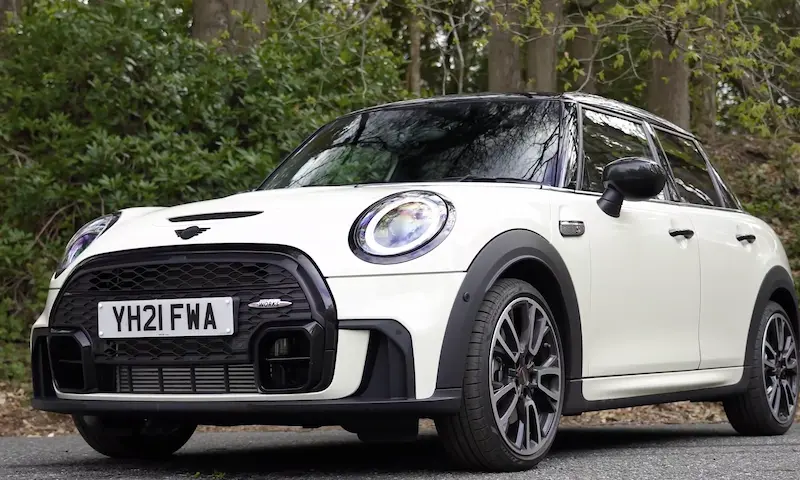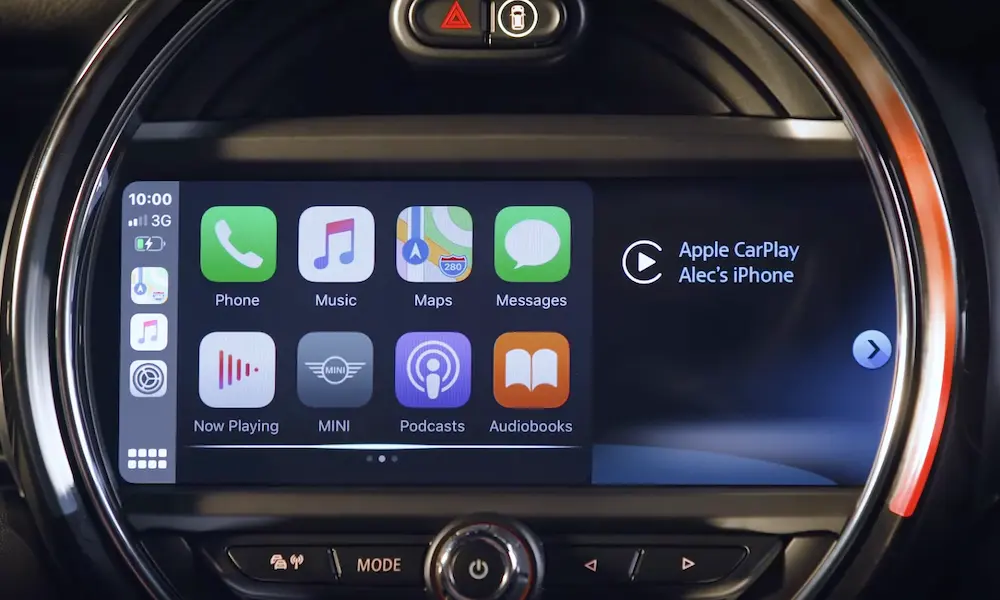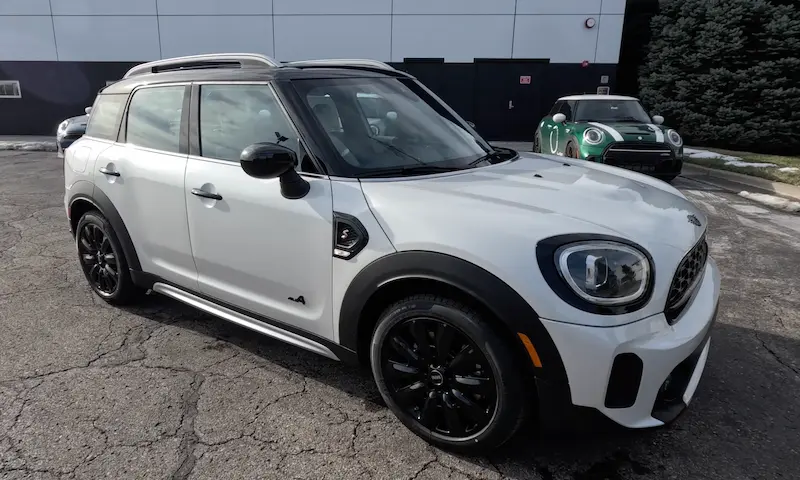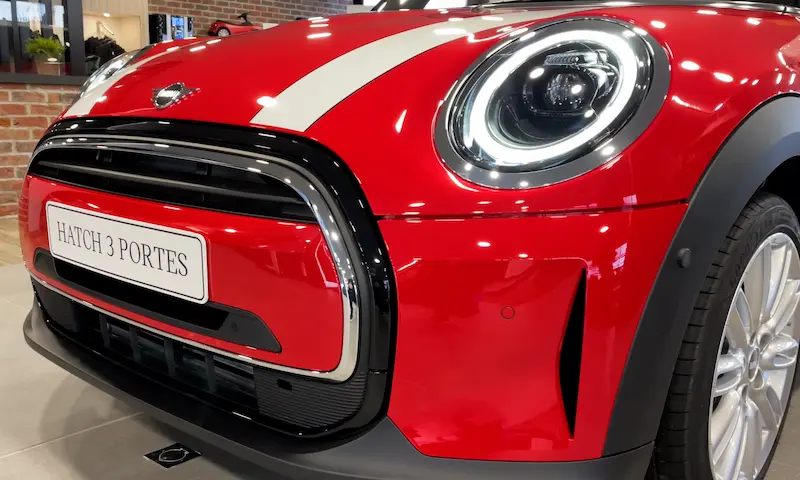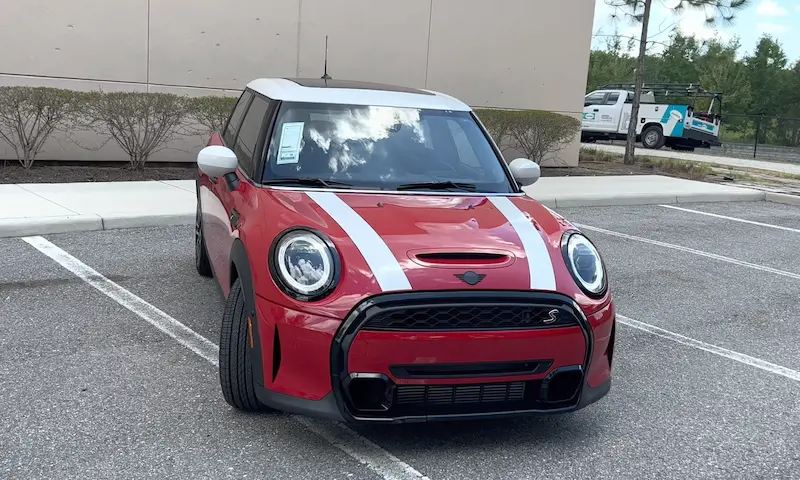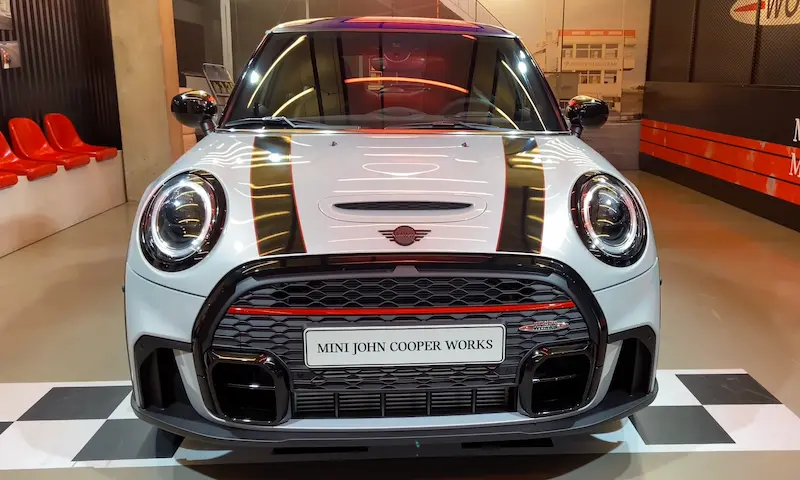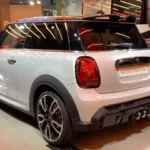Driving a Mini Cooper can be a thrilling experience, but encountering a brake light that stays on can be worrisome. This issue is not uncommon among Mini Cooper owners, and it’s important to address it to ensure safety and avoid further electrical issues.
Various factors can cause your Mini Cooper’s brake light to stay on. One of the most common reasons is a faulty brake light switch, which is responsible for turning the brake lights off when the brakes are not engaged. In other instances, it may be due to a wiring issue or even a drained battery causing the light to glow dimly.
Being aware of these potential causes, you can confidently take steps to resolve the problem and get your Mini Cooper back on the road with functioning brake lights. The next time you notice your brake light staying on, you’ll have a better understanding of what’s causing the issue and how to address it.
Common Reasons Why Brake Light Stays On
Malfunctioning Brake Light Switch
A common cause for your Mini Cooper’s brake lights to stay on is a faulty brake light switch. The switch is responsible for turning the brake lights off when the brakes are not engaged. If it malfunctions, it can prevent your brake lights from turning off. To fix the problem, inspect the switch and replace it if necessary. Don’t forget to disconnect your battery before working on the switch to avoid any electrical shock.
Low Brake Fluid Level
Another possible reason is your car’s low brake fluid level. The brake fluid reservoir is responsible for maintaining the hydraulic pressure in your braking system. A low fluid level can trigger the warning lights, including the brake light. To address this issue, first, locate the brake fluid reservoir under your car’s hood. Unscrew the reservoir cap and check the fluid level. If necessary, top off the fluid with the recommended type of brake fluid for your Mini Cooper.
Faulty Parking Brake
Your brake lights might stay on due to a faulty parking brake mechanism. The parking brake’s switch or sensor might not properly engage or disengage, causing the brake lights to stay on. If you suspect this issue, first, try engaging and disengaging the parking brake several times to see if it can reset the switch or sensor. If the problem persists, get your parking brake system inspected and repaired by a professional technician.
Additional Potential Causes
There are several other potential causes for your brake lights to stay on that include:
- Circuit issues: A short circuit or an electrical issue in your car’s wiring can also cause the brake lights to stay on.
- Hydraulic system issues: Problems with the hydraulic system, such as ABS malfunctions, can cause warning lights, including the brake light, to turn on.
- Brake sensor issues: A faulty brake sensor might confuse your car’s computer, making it think the brakes are applied when they’re not.
If you still have trouble identifying the cause behind your Mini Cooper’s brake lights staying on, consult a professional mechanic to diagnose and resolve the issue.
Checking and Diagnosing the Problem
Initial Dashboard Indicators
When you start your car, the dashboard will indicate any potential problems. If your Mini Cooper’s brake light stays on, it’s important to identify the issue as soon as possible. Pay close attention to any other warning lights on your dashboard, such as the ABS indicator, as they can give you helpful information about the problem.
Car Manual Inspection
Before proceeding, grab your car’s owner’s manual. Look up the section relating to your Mini Cooper’s brake system. It will provide valuable information on proper maintenance and troubleshooting steps to help you diagnose the issue.
Fluid Level Check
A low brake fluid level can affect your brake light. To check the brake fluid level, locate the brake fluid reservoir under the hood of your car. If it appears low, fill it with the recommended type of brake fluid specified in your owner’s manual.
Brake Light Switch Inspection
A common reason for a brake light staying on is a malfunctioning brake light switch. Disconnect your car battery for safety, then locate the switch near the brake pedal. Inspect for any broken or loose wires, and replace or repair them if needed. A well-functioning switch ensures that your brake light turns off when it should.
Inspection of Brake Pads
Lastly, inspect your brake pads for wear or damage. Worn-out brake pads can lead to poor braking performance and cause the brake light to remain on. If you notice excessive wear on the brake pads, consider replacing them with new ones to maintain the safety and performance of your Mini Cooper.
Repair and Replacement
When to Consult a Professional Mechanic
If your Mini Cooper’s brake light stays on, it is crucial to address this issue as soon as possible. In some cases, you may be able to diagnose and fix the problem yourself, such as when the cause is a faulty brake light switch. However, if you’re unsure or uncomfortable handling the repair, it’s best to consult a professional mechanic. Continuous wear and tear on your brake system can lead to more extensive problems if left unaddressed.
Standard Brake Repair Procedures
When you take your Mini Cooper to a garage for standard brake repair procedures, the professional mechanic will perform a thorough inspection of your brake system. They will assess the condition of various brake parts, including pads, rotors, calipers, and brake fluid. If anything needs repair or replacement, the mechanic will address the issue and ensure your brake system is functioning optimally. It’s essential to have regular brake maintenance performed to avoid accidents due to brake failure.
Changing the Brake Light Bulb
If your Mini Cooper’s brake light is staying on due to a burnt-out bulb, you’ll need to replace the bulb. Here’s a brief step-by-step guide:
- Locate the brake light housing: Find the access point for the brake light bulb, which is usually behind the trunk liner or accessed through a removable panel.
- Remove the bulb socket: Turn the bulb socket counterclockwise to release it from the housing.
- Remove the old bulb: Gently pull out the old bulb from the socket. It’s a good idea to wear gloves to avoid getting oil from your fingers on the new bulb.
- Insert the new bulb: Carefully place the new bulb into the socket, ensuring it is firmly seated.
- Reinstall the socket: Place the socket back into the brake light housing and turn it clockwise to secure it.
- Test the brake light: Turn on your vehicle and press the brake pedal to ensure the new bulb is working correctly.
By addressing brake light issues promptly, following standard repair procedures, and changing the brake light bulb when necessary, you can ensure a safe and functional brake system for your Mini Cooper.


